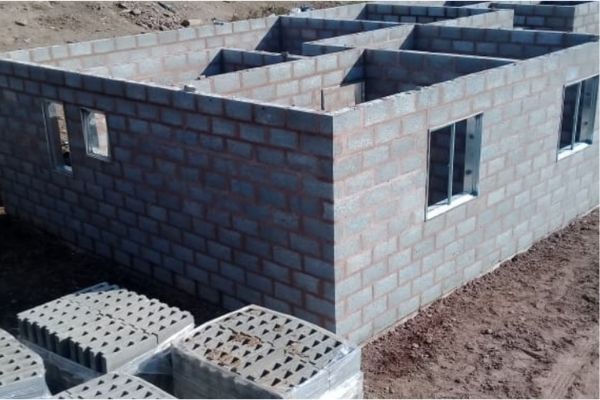The development of a decision-making model to determine the appropriateness of alternative building technologies for application in the social housing industry

This paper, entitled "The Development of a Decision-Making Model to Determine the Appropriateness of Alternative Building Technologies for Application in the Social Housing Industry," focuses on the critical intersection of housing rights and ecologically sustainable development in South Africa. It addresses the pressing issue of a substantial housing backlog, comprising 2.1 million units, and the environmental unsustainability of current construction practises designed to alleviate this backlog. To reconcile these competing priorities, the paper explores the potential of alternative, renewable building materials and technologies (ABTs). It underscores the need for a multi-criteria decision-making (MCDM) model, which serves as a robust framework for assessing ABTs based on two pivotal criteria: environmental sustainability and structural performance.
Throughout the development of this model, the paper delves into an array of decision-making theories and methodologies. It establishes a standardised unit of measurement for building materials and formulates clear definitions and criteria for evaluating both environmental sustainability and structural performance. Additionally, it identifies or devises scientific methodologies for quantifying these parameters. In essence, this paper provides a comprehensive overview of the intricate process involved in creating an MCDM model tailored to the specific needs of the social housing industry in South Africa, ultimately addressing the challenges of sustainability and housing provision in a dynamic and complex context.
Abstract based directly on source.


Comments